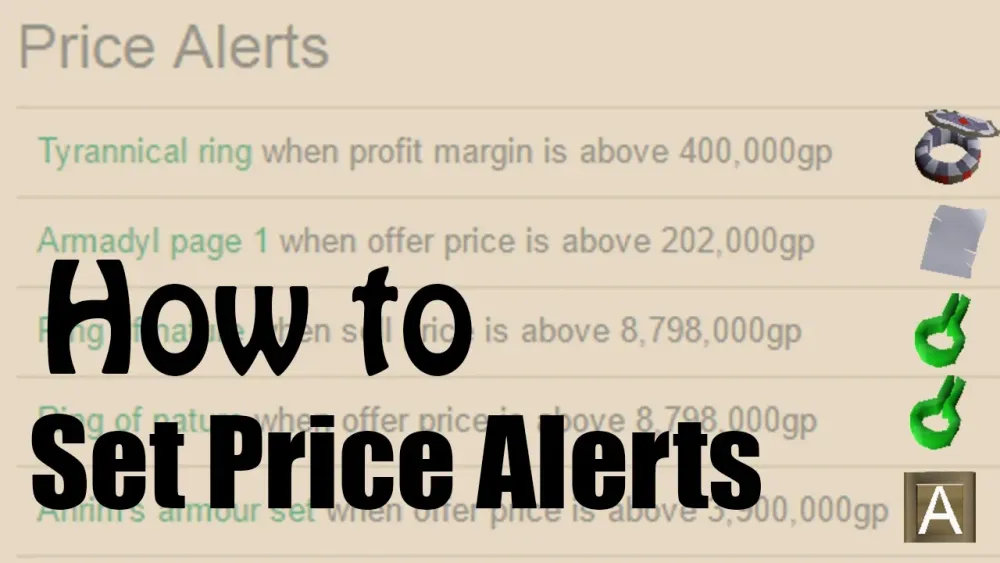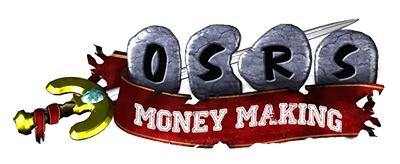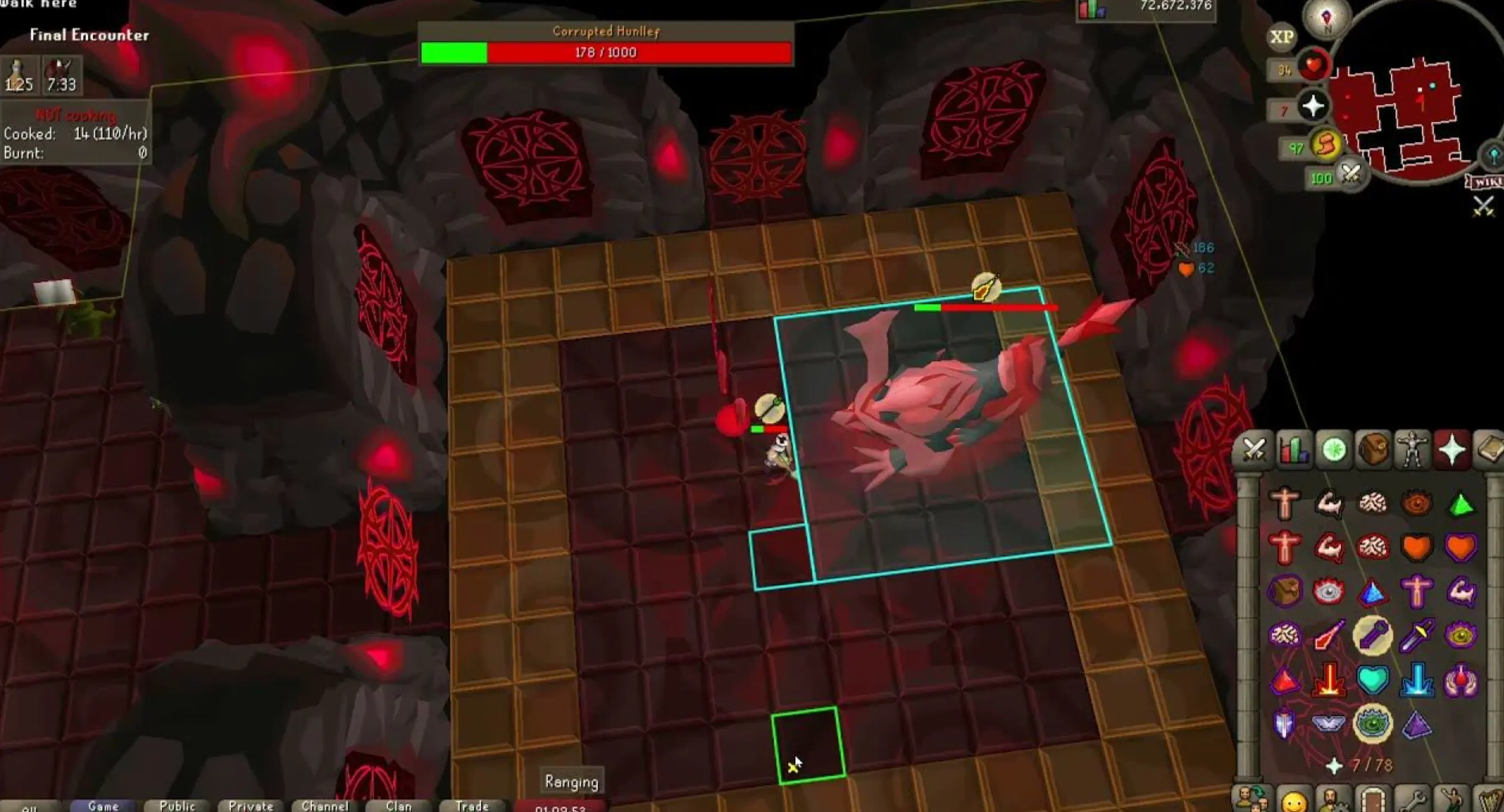Your cart is empty
Understanding Live Grand Exchange Prices in OSRS

The Grand Exchange (GE) in Old School RuneScape (OSRS) is a central trading hub where players can buy and sell items using a streamlined interface. This feature allows players to engage in commerce without the need for direct player-to-player interaction. Understanding how the Grand Exchange operates is crucial for maximizing your in-game wealth and making informed trading decisions.
The Grand Exchange is a marketplace located in Varrock, serving as a significant economic center in OSRS. It was introduced to simplify trading between players, allowing them to list items for sale or purchase items from others without needing to meet face-to-face. Players can access the GE by traveling to Varrock and entering the Grand Exchange building. Inside, you’ll find an interface that displays various items, their prices, and the quantity available for sale.
Items can be categorized into different groups, such as weapons, armor, potions, and materials, making it easier to navigate. Players can place buy offers or sell items at their desired price, and the GE will automatically match these orders with other players’ listings. The Grand Exchange also features a price history graph for each item, which can help players track market trends over time. This functionality is particularly useful for identifying profitable trading opportunities, whether you’re flipping items or gathering resources for crafting and skills.
How to Access Live Grand Exchange Prices
To access live Grand Exchange prices in OSRS, you have several options. The most straightforward method is to use the in-game Grand Exchange interface. Once you enter the GE, you will see the current prices for various items listed. Players can search for specific items using the search bar or browse different categories to find what they need.
For real-time price updates, players can utilize third-party websites and applications dedicated to OSRS item pricing. Popular resources include the OSRS Wiki, RunePrice, or other community-driven databases that provide live data on item prices. These platforms often include features such as price graphs, historical price data, and alerts for price changes, which can enhance your trading strategy.
Additionally, some players create their own spreadsheets or use market analysis tools to track prices over time, allowing for a more personalized approach to item trading. It’s essential to compare prices across different platforms to ensure you’re getting the best deal. By leveraging both the in-game interface and external resources, players can make informed decisions when buying or selling items, ultimately enhancing their OSRS experience.
Factors Influencing Item Prices
Understanding the factors that influence item prices in Old School RuneScape (OSRS) is crucial for any player looking to engage in trading. Prices can fluctuate based on a variety of elements that affect supply and demand in the game. Here are the primary factors to consider:
- Supply and Demand: Just like in real-world economics, if an item is scarce and highly sought after, its price will rise. Conversely, if an item is widely available and not in high demand, its price may drop.
- Updates and Changes: Game updates, including new quests, items, or changes to mechanics, can significantly impact prices. For example, if a new boss drops a valuable item, the demand for that item can skyrocket.
- Player Activity: The number of players engaging in certain activities can affect item prices. For instance, if many players are training skills that require particular resources, those resources may see a price increase.
- Market Trends: Just like in any market, trends can emerge. Players often speculate on prices, which can lead to price surges or drops based on collective player behavior.
- Event-Driven Changes: Seasonal events or in-game promotions can lead to temporary spikes in demand for certain items, affecting their prices.
By keeping these factors in mind, players can better understand the market dynamics and make informed decisions when trading items.
How to Use Live Price Data for Successful Trading
Live price data can be a game-changer when it comes to trading in OSRS. It provides real-time insights into the market, allowing players to make timely and informed decisions. Here’s how you can leverage this data for successful trading:
- Track Price Trends: Monitor live prices over time to identify patterns. Are certain items consistently rising or falling? This information can inform your buying and selling strategies.
- Identify Opportunities: Use live data to spot underpriced items or bargains. If you notice a significant drop in price for an item you know is usually valuable, it might be a great opportunity to buy low.
- Set Alerts: Some trading platforms allow you to set alerts for specific price points. This feature can notify you when an item reaches your desired buying or selling price, making it easier to act quickly.
- Analyze Competition: By observing live prices, you can gauge how other players are pricing their items. This analysis can help you position your offers competitively.
- Adjust Your Strategy: The live data allows you to adapt your trading strategy on the fly. If prices are fluctuating rapidly, you may need to re-evaluate your buying and selling decisions.
Incorporating live price data into your trading routine can significantly enhance your chances of making profitable transactions in OSRS.
Common Mistakes to Avoid When Trading
Trading in Old School RuneScape (OSRS) can be an exciting yet challenging experience. However, many players make mistakes that can cost them time and gold. Here are some common pitfalls to watch out for:
- Ignoring Market Trends: Many traders fail to observe the fluctuating market trends. Prices can change rapidly, and ignoring these trends can lead to poor buying or selling decisions.
- Overreacting to Price Changes: It’s easy to panic when prices dip. However, selling off items in a panic can lead to unnecessary losses. Always take a moment to assess the market before making drastic moves.
- Not Using the Grand Exchange: Some players prefer trading with others directly. While this can sometimes yield better deals, it also comes with risks, such as being scammed. Utilizing the Grand Exchange can offer more security.
- Misunderstanding Item Rarity: Some items are rare and may not sell easily, regardless of the price. Be sure to understand the rarity and demand of items before trading.
- Neglecting to Check Prices Regularly: Prices can change from one moment to the next. Not checking current prices before making a trade can lead to significant losses.
By being mindful of these common mistakes, you can enhance your trading experience and maximize your profits in OSRS.
Best Tools and Resources for Tracking Prices
To be a successful trader in OSRS, you need the right tools and resources at your disposal. Here are some of the best options to help you track live Grand Exchange prices:
- OSRS Grand Exchange Tracker: This website provides real-time price updates and historical data for all items in the Grand Exchange. It’s user-friendly and perfect for quick checks.
- RuneLite: This popular third-party client offers a built-in price checker plugin, allowing you to see live prices without leaving the game. It’s a great tool for convenience.
- GE Tracker: A comprehensive tool that not only tracks prices but also provides graphs and trends over time. It’s excellent for serious traders who want to analyze their trading patterns.
- Reddit and Community Forums: Engaging with the OSRS community on platforms like Reddit can provide insights into current trends and good trading practices. It’s a great way to learn from experienced players.
Using these tools can give you an edge in the market, helping you make informed decisions and improving your overall trading experience in OSRS.
7. Tips for Making Profit with the Grand Exchange
Making a profit on the Grand Exchange (GE) in Old School RuneScape (OSRS) can be both thrilling and rewarding. Here are some handy tips to help you navigate the market and maximize your earnings:
- Understand Supply and Demand: The first rule of trading is understanding what items are in demand. Keep an eye on popular items, especially those related to current quests or events.
- Utilize Price Check Tools: Use tools like the OSRS Wiki or fan-made price checkers to get an idea of current market prices. These tools can help you spot trends and make informed decisions.
- Buy Low, Sell High: This classic trading strategy applies perfectly to the GE. Look for items that are undervalued and have the potential to increase in price.
- Flipping Items: This involves buying items at a low price and selling them at a higher price. Common items to flip include potions, runes, and gear. Practice makes perfect, so start small!
- Stay Updated: Keep up with OSRS updates and community news. Changes in the game can drastically affect item prices.
- Diversify Your Portfolio: Don’t put all your eggs in one basket. Invest in a range of items to minimize risk.
- Be Patient: Sometimes, it takes time for prices to stabilize. Don’t rush your trades; patience can lead to bigger profits.
8. Conclusion: Mastering the Grand Exchange
Mastering the Grand Exchange in OSRS is a blend of strategy, observation, and patience. Whether you’re a seasoned trader or a newcomer, understanding the market dynamics is crucial. Here are some final thoughts:
- Start Small: If you’re new to trading, start with small investments to get a feel for the market.
- Learn from Mistakes: Every trader experiences losses. Instead of getting discouraged, analyze what went wrong and adjust your strategy accordingly.
- Network with Other Players: Join trading communities or forums to exchange tips and experiences with fellow players.
- Practice Regularly: The more you trade, the better you’ll become at spotting trends and making profitable decisions.
In essence, the Grand Exchange is a vibrant marketplace filled with opportunities for profit. By following these tips and continually improving your trading skills, you’ll be well on your way to becoming a successful trader in OSRS. Happy trading!

